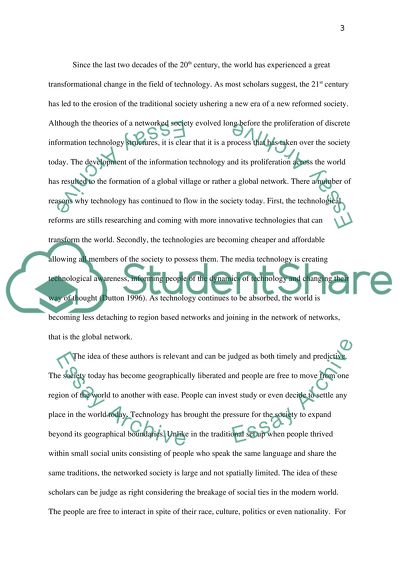Cite this document
(“Networked society Essay Example | Topics and Well Written Essays - 2750 words”, n.d.)
Networked society Essay Example | Topics and Well Written Essays - 2750 words. Retrieved from https://studentshare.org/sociology/1632533-networked-society
Networked society Essay Example | Topics and Well Written Essays - 2750 words. Retrieved from https://studentshare.org/sociology/1632533-networked-society
(Networked Society Essay Example | Topics and Well Written Essays - 2750 Words)
Networked Society Essay Example | Topics and Well Written Essays - 2750 Words. https://studentshare.org/sociology/1632533-networked-society.
Networked Society Essay Example | Topics and Well Written Essays - 2750 Words. https://studentshare.org/sociology/1632533-networked-society.
“Networked Society Essay Example | Topics and Well Written Essays - 2750 Words”, n.d. https://studentshare.org/sociology/1632533-networked-society.


